Upon reviewing GrainSpace, Audiority’s new granular processor, I bumped into yet another effect plugin developed by Audiority not long ago.
This other effect is called Polaris, an echo/reverb plugin based on a single multitap delay line very similar to the Ursa Major Space Station SST-282 manufactured by Christopher Moore’s company Ursa Major in 1978, the same year as the Lexicon 224, albeit a very different beast…
The Space Station
Unlike conventional algorithms that typically use cross-coupled comb filters and daisy-chains of all-pass filters to reduce autocorrelation, the SST-282 made use of a single delay line with eight “early reflection” taps and fifteen “diffusion” taps in the feedback loop. As a result of modulating the diffusion, the summed feedback could become very loud, which also made for a longer decay time. While it wasn’t as seamlessly dense and diffuse as other reverbs, it was a practical, affordable design for both the manufacturer and the consumer, and found its way into the hands (and hearts) of many popular recording artists and producers.
The Review
Similar to the Space Station, Polaris can get pretty hot pretty quickly, so be sure to keep a watchful eye on the “Input” knob. I’ve found that values upwards of fifty percent tend to result in a severe amount of clipping when using Polaris as an insert effect with a mixture of “Dry” and “Wet” signals, even though clipping isn’t that big of a problem when using Polaris as a send effect with no Dry signal in the mix.
In the “Top Row”, there are two shelving filters for low and high frequency domains. “LF Cut” is set to 300 Hz and “HF Cut” is set to 2 kHz. And then there are the Dry/Wet controls I’ve already covered. The Top Row continues on the right side of the interface, with a number of controls for a “Smp Rate” sample rate reduction algorithm (which I’ve actually never even thought of implementing in a delay/reverb effect), a “Shimmer” volume control, a “Width” control acting as a sort of “ping-pong” delay, and a “Swell” attack envelope adjusting the attack phase in accordance with the current delay time.
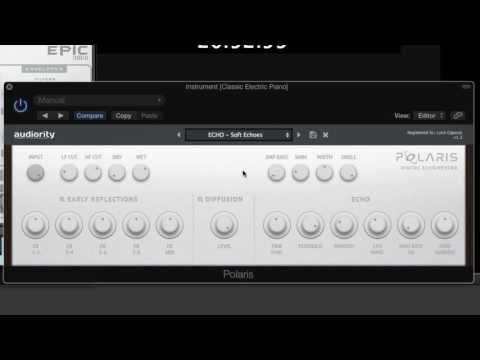
The “Early Reflections” are a series of eight taps, each of which are coupled and hard panned. “ER Time” controls appear in a hidden screen when you click on the magnifying glass icon. The same applies to the “Diffusion” taps, even though there are no volume controls for each couple like in the Early Reflection section, which I think would be useful in some capacity. There are also the global “ER Volume” and “Diffusion” knobs and buttons for randomizing taps and also for resetting the Early Reflection and Diffusion settings saved in the current preset.
The controls in the “Echo” section provide access to commonplace parameters such as a global delay time measured in milliseconds, a “Feedback” multiplier, a “Smooth” knob for ironing out harsh artifacts – or emulating a tape delay/echo effect when modulating the delay time parameter – and of course some basic modulation controls including a host-syncable modulation rate, which is always a good thing.
Also, there are some cool new features to look forward to in Version 1.5 (that went live just recently) such as a new pre-delay control, a proper folder structure in the preset browser, and an “Echo Edit” section with a three-band equalizer and x10 modulation multiplier… not to mention some nifty little bugfixes and tweaks under the hood. Overall, it’s a very meaningful update which has me falling head over heels in love with Polaris all over again. The new presets in the factory library are really impressive.
The Verdict
I’ve been waist deep in delay-based plugins for a good long while, and I’ll be the first to admit that I’ve been spoiled by some pretty fancy shimmer/reverb effects made by some brilliant developers, so believe me when I say that Polaris is among them. Most reverbs only have global controls for echo density and delay time. Polaris allows you to fine tune the early reflections, echo settings and diffusion network in a way that makes each preset truly unique, ranging from minimal echo effects and ping pong delays to swirling chorus and tuned comb effects, and of course, a wide variety of classic plates and halls and otherworldly shimmer-verbs. It really is one of THE most flexible delay-based effects I ever used.
More info: Polaris (€45)
Audiority Polaris Review
Polaris allows you to fine tune the early reflections, echo settings and diffusion network in a way that makes each preset truly unique. It really is one of THE most flexible delay-based effects we ever used.
-
Features9
-
Workflow8
-
Performance10
-
Design8
-
Sound9
-
Pricing10

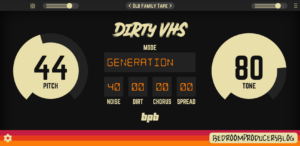
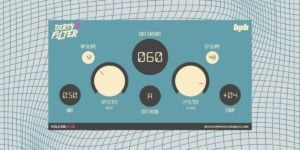
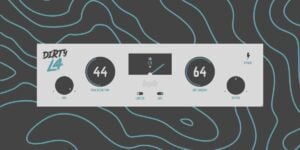
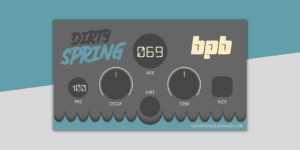
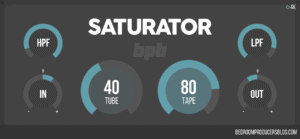


1 Comment
marti garaughty
onNice sounding demo, the fine tuning capabilities are very cool…